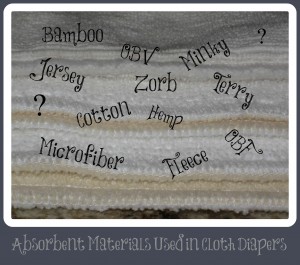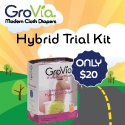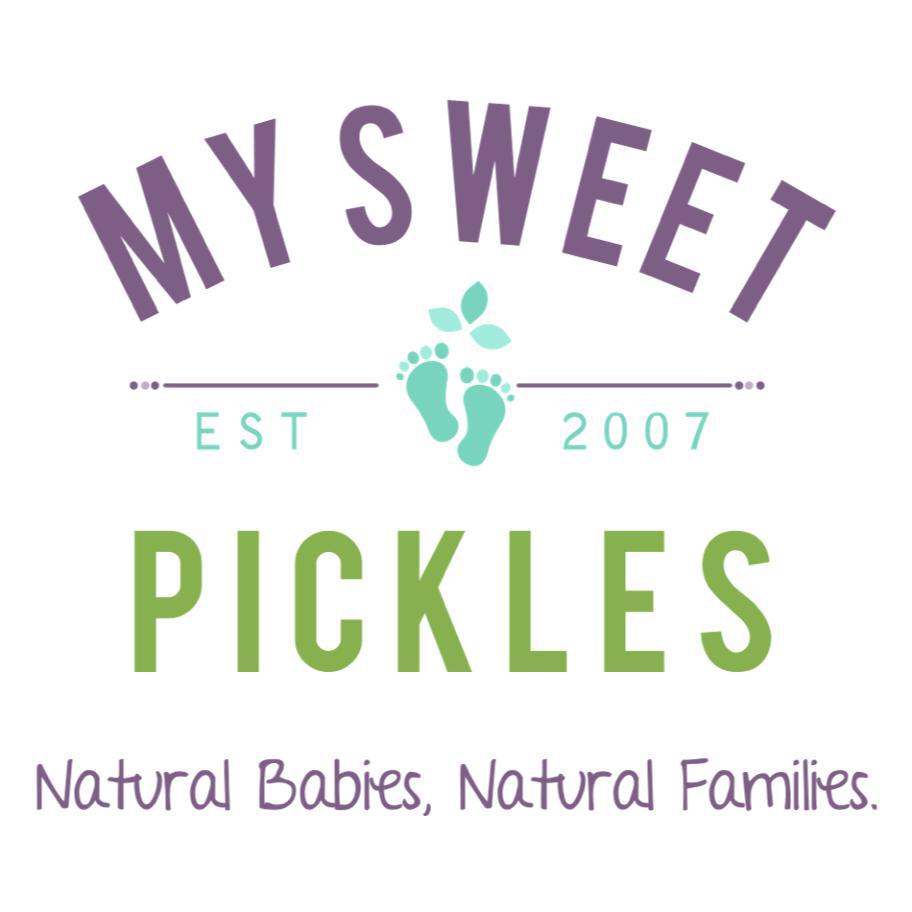This post was originally published on the Kelly Wels blog. Post may contain affiliate links meaning if you click and buy I receive a small commission. Thank you. Minky and zorb and bamboo, oh my!! The variety of materials used in cloth diapers can be head spinning. In addition to cloth diaper types and sizes, materials used in the outers, inners and absorbent materials vary.
Here a few options you may see as cloth diaper absorbent layers.
Microfiber: Microfiber inserts (synthetic fabric, usually polyester/polyamide) tend to be included with many pocket diapers. It is an affordable and highly absorbent man-made material, though it tends to be prone to compression leaks when it is very saturated. Microfiber loves to grab on to oils, and can be prone to stinkies when used in diapers. It is quite durable, absorbs quickly and generally holds up to periodic bleaching. The super absorbency means it is not a good idea to use it right against baby’s skin.
Minky: Minky (or minkee) is a soft polyester fabric that’s often used for baby blankets. It is used as an absorbent material in the new Fuzzibunz Elite diapers and Tots Bots Easy Fit diapers. Minky is less prone to staining and smell than microfiber, and doesn’t have the ick factor that microfiber does (if you shudder when you touch it like I do.) The other selling point is absorbency with less bulk, but not all families feel it is as absorbent as it is said to be.
Bamboo: Bamboo as it’s referred to as a fabric is actually a man-made viscose rayon made from the cellulose of bamboo (typically blended with cotton when you see it in diapers.) Fabric is typically seen as velour (OBV), fleece (OBF) and terry. Bamboo is trim, absorbent and durable, and was often chosen for its natural, eco-friendly and anti-microbial properties. In recent years, “bamboo” fabric has come under fire by the FTC, and you will more often see this fabric referred to as “rayon from bamboo.”
Micromodal is a cellulose material made from beech trees (like rayon from bamboo) that is seen in Gro-Via Kiwi Pie fitted diapers.
Zorb: Zorb is a name brand fabric made of bamboo/cotton viscose and poly micro fiber that absorbs more moisture than cotton, and absorbs quickly. It is typically used as a layer between other absorbent materials, and is less prone to compression leaks than microfiber. (Zorb II is Zorb sandwiched between bamboo/cotton fabric.)
Hemp: You will typically see fabric referred to as hemp that is 55% hemp and 40% cotton, although there are 60%/40% hemp cloth diapers/accessories available as well. Hemp is trim and absorbent, and locks wetness in. Because it loves moisture, it usually needs more water to get clean and can take a bit longer to dry. It can develop “hemp stink” if it isn’t thoroughly cleaned & rinsed. Hemp is excellent in night and nap time diapers, particularly when layered under microfiber. You may see hemp fabric in jersey, fleece, terry and sherpa, (fuzzy, brushed fabric.)
Cotton: Cotton seems to be the most self-explanatory fabric, but there are still a lot of options! You may see unbleached, organic, bleached or peroxide bleached fabrics. Cotton is natural, breathable, and less expensive than other fabrics (such as hemp.) You will typically see cotton blended with other fabrics, or as 100% cotton. Cotton can be knitted or woven, flannel, terry, sherpa, velour and more!
Do you have a favorite absorbent material when shopping for cloth diapers?
If you’re new to cloth diapers, check out my Cloth Diapers 101 article.










 Maria wants to live in a world where cloth diapers are the norm and moms can make parenting choices without judgement. When she’s not chasing her 18, 14 and 11-year old kids around, you might find her checking out the latest gadgets, organizing something (again) or exercising in the fresh air.
Maria wants to live in a world where cloth diapers are the norm and moms can make parenting choices without judgement. When she’s not chasing her 18, 14 and 11-year old kids around, you might find her checking out the latest gadgets, organizing something (again) or exercising in the fresh air. 







[…] more about absorbent materials used in cloth diapers, cloth diaper inners and waterproof layers in cloth diapers in my posts on cloth diaper […]
[…] links meaning if you click and buy I receive a small commission. Thank you. We talked about absorbent materials used in cloth diapers, and we talked about different materials that line diapers. Without something […]